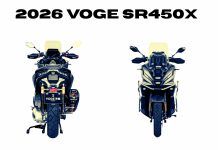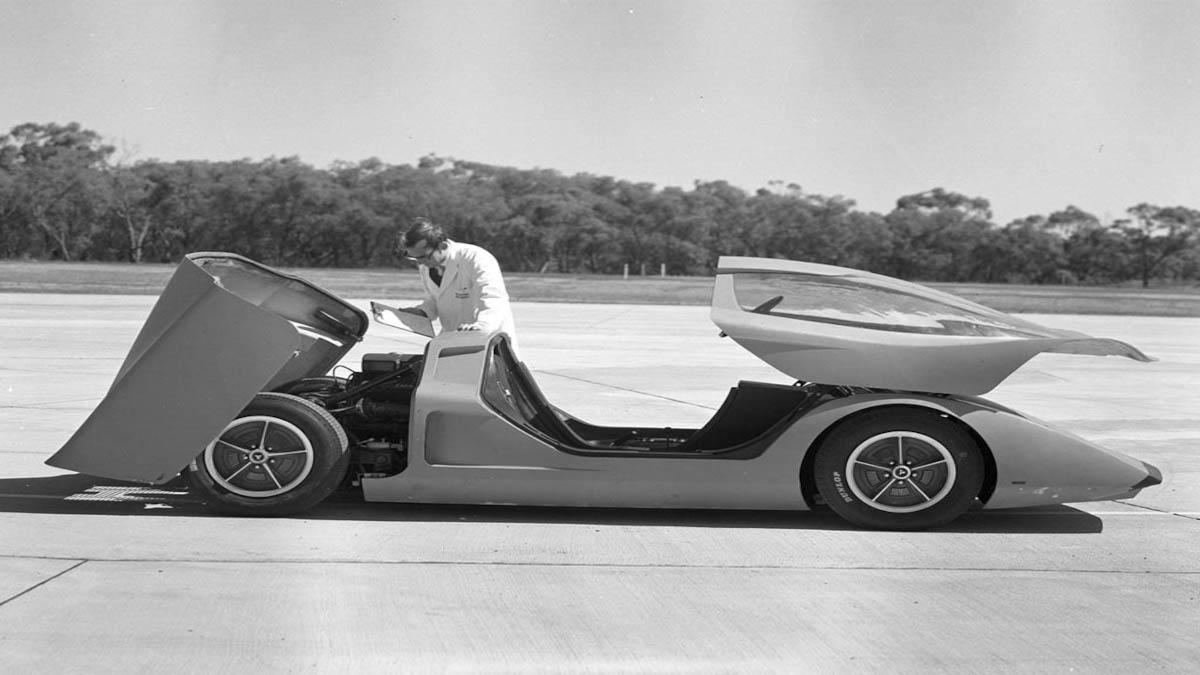In 1969, Holden stunned the automotive world with a concept car which embodied the spirit of innovation and foresaw technologies which would take decades to enter mainstream production.
The Holden Hurricane, code-named RD 001, was a design exercise; it was a bold statement about the future of automotive engineering and design.
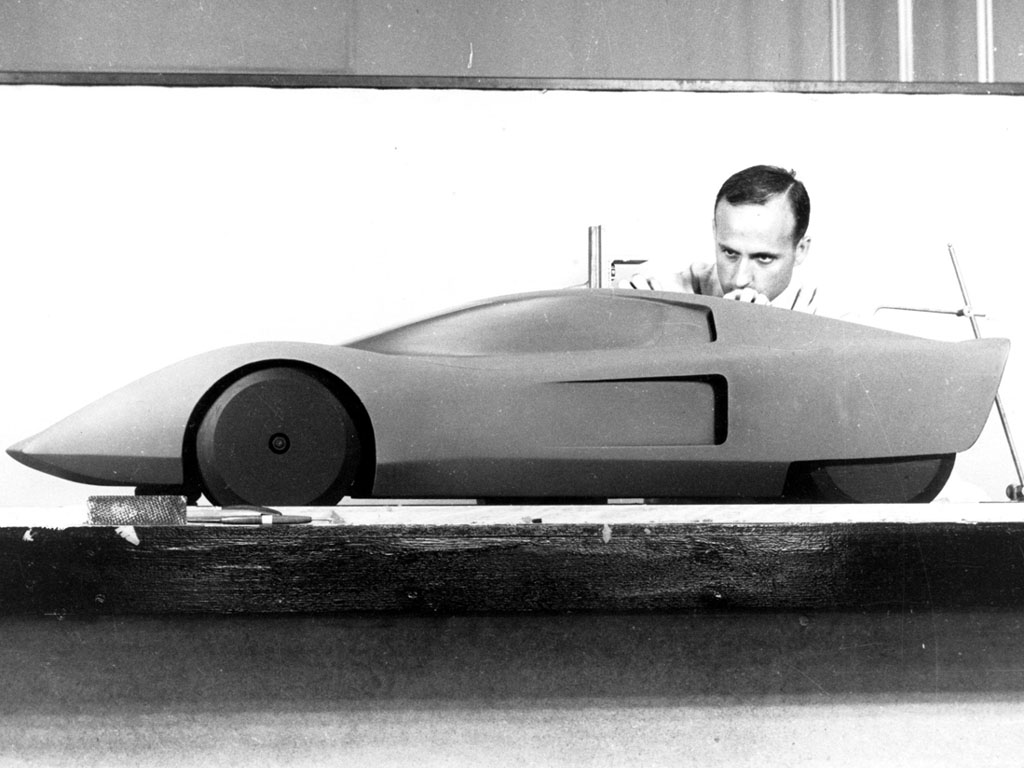
The Visionary Design of the Holden Hurricane
Holden’s designers and engineers at the Fishermans Bend Technical Centre approached the Hurricane with a clear objective: to push the boundaries of what a car could be. The result was a vehicle which looked like it had driven straight out of a science fiction movie.
The Hurricane’s wedge-shaped body was low and wide, giving it an aggressive stance unlike anything on the roads at the time.
One of the most striking features of the Hurricane was its canopy-style roof, which opened upwards to allow access to the cabin. This design was futuristic and highly functional, as it allowed for a streamlined body without the need for traditional doors.
The car’s bodywork was crafted from fiberglass, a material lightweight and durable, further enhancing the Hurricane’s performance credentials.
The Hurricane’s design wasn’t about aesthetics; it was about aerodynamics. The car’s sleek shape was optimized to reduce drag, allowing it to slice through the air with minimal resistance.
This focus on aerodynamics was a precursor to the design trends which would dominate the automotive industry in the decades to come.
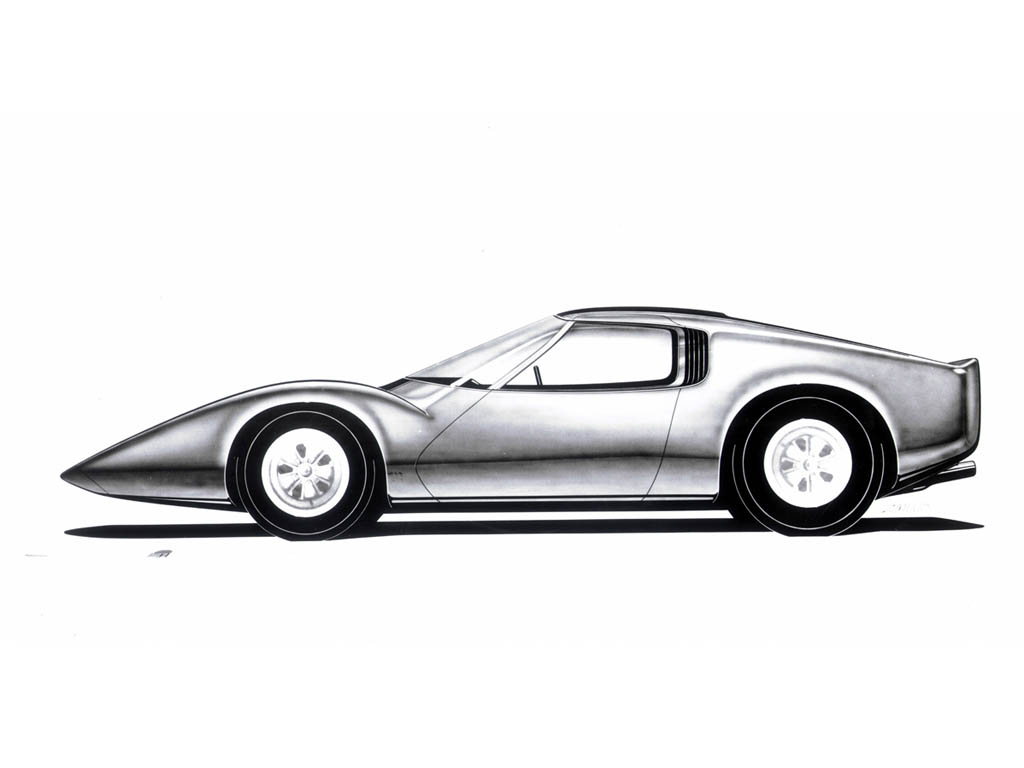
A Technological Marvel Ahead of Its Time
While the Hurricane’s design was revolutionary, it was the car’s technology which truly set it apart. Holden’s engineers packed the Hurricane with a host of innovative features, many of which wouldn’t become common in production cars until much later.
Digital Instrumentation and Control
At a time when most cars were equipped with analog gauges, the Hurricane boasted an electronic digital instrument display. This feature was advanced for its time and foreshadowed the digital dashboards which are now standard in modern vehicles.
The display provided the driver with all the necessary information, including speed, fuel level, and engine temperature, in a clear and easy-to-read format.
The Hurricane featured an automatic temperature control system, a rarity in the 1960s. This system allowed the car to maintain a constant interior temperature, regardless of the weather conditions outside.
This feature, now a staple in modern cars, demonstrated Holden’s commitment to comfort and convenience.
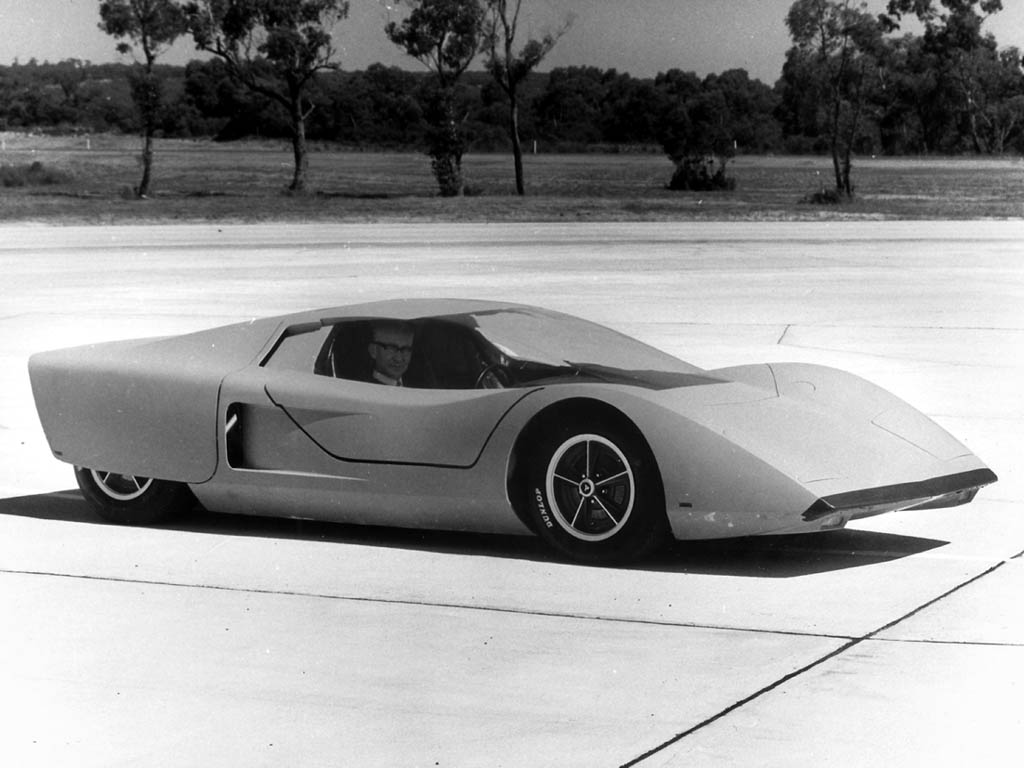
Pathfinder Route Guidance System
One of the innovative features of the Hurricane was its “Pathfinder” route guidance system. Long before the advent of GPS, Holden engineers developed a system which used magnets embedded in the road to guide the car along a predetermined route.
The system would signal the driver when to turn, effectively acting as an early form of satellite navigation. Although it was never put into production, the Pathfinder system was a visionary concept which highlighted Holden’s forward-thinking approach to automotive technology.
Rear-View Camera
The Hurricane was equipped with a rear-view camera, a feature which wouldn’t become common in production cars until the 21st century. The camera provided the driver with a clear view of what was behind the car, displayed on a screen in the dashboard. This innovation enhanced safety and eliminated the need for traditional rear-view mirrors, contributing to the car’s sleek design.
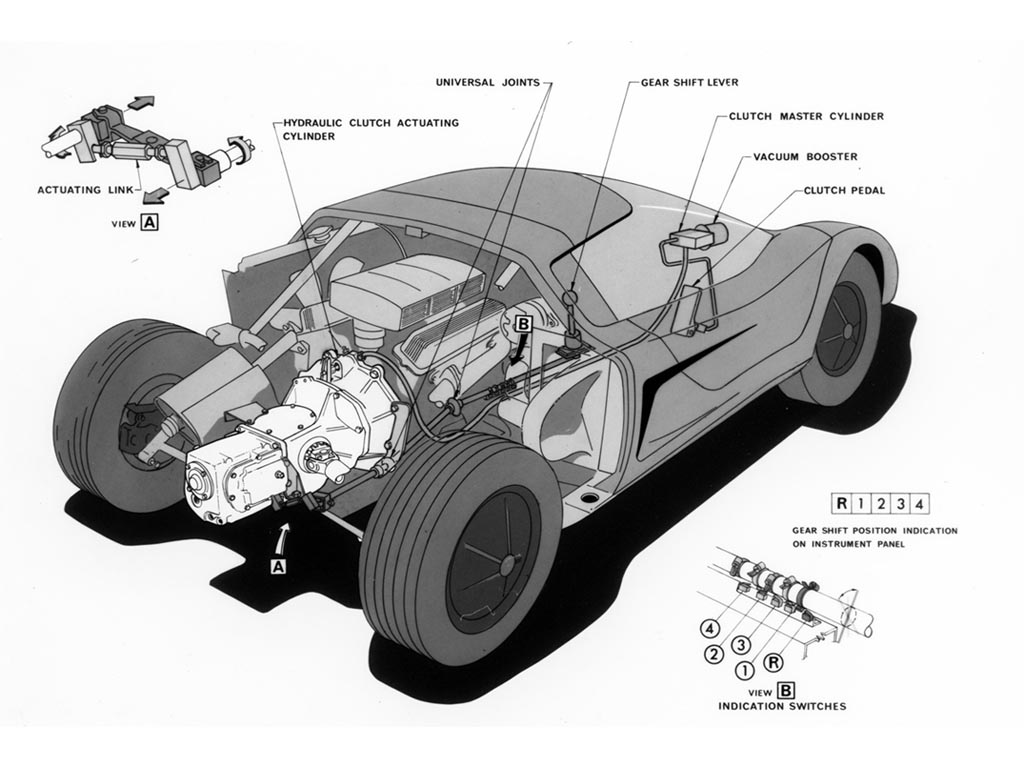
Powertrain Innovation: The Heart of the Hurricane
Underneath its futuristic exterior, the Holden Hurricane was powered by an experimental 4.2-liter (253 cubic inch) V8 engine. This engine was a precursor to the Holden V8 engine program, which would later become a cornerstone of the brand’s performance vehicles.
The V8 in the Hurricane was fitted with a four-barrel carburetor, a feature which wouldn’t be seen on a production Holden V8 until the late 1970s.
With an output of approximately 262 horsepower (193 kW), the Hurricane had the performance to match its striking looks. This power, combined with the car’s lightweight fiberglass body, allowed the Hurricane to achieve impressive acceleration and top speeds for its time.
The engine was mated to a 4-speed manual transmission, which sent power to the rear wheels, ensuring the Hurricane delivered a driving experience as thrilling as its appearance suggested.
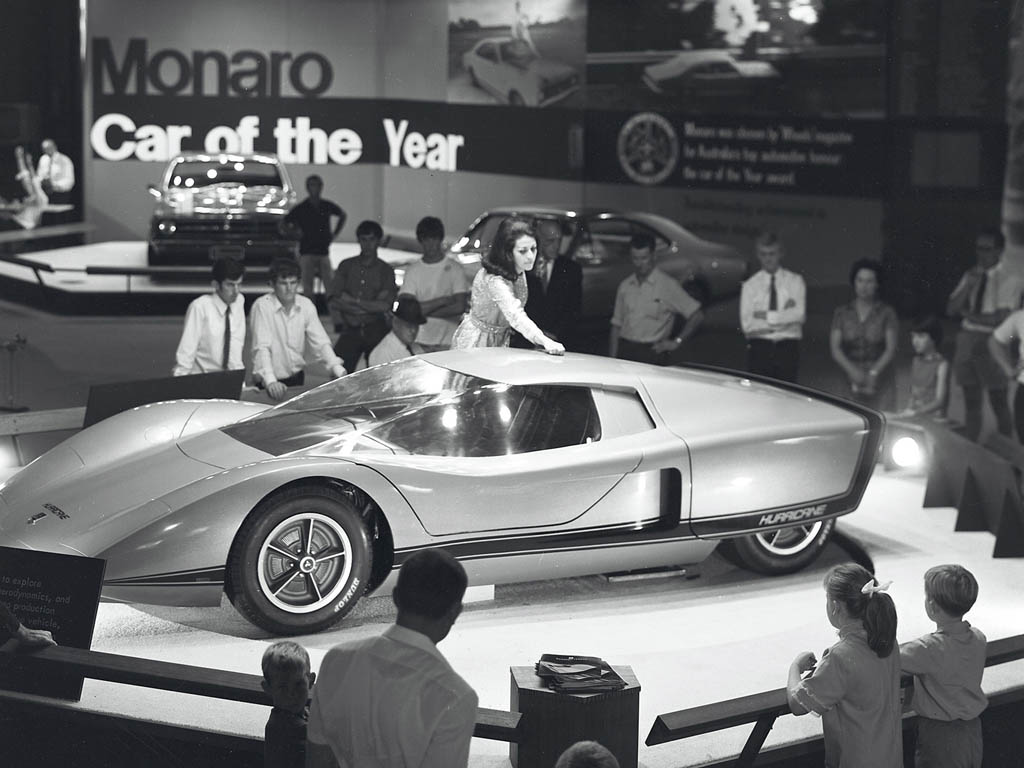
The Restoration: Bringing a Legend Back to Life
In the years following its debut, the Holden Hurricane was relegated to storage, where it remained largely forgotten. In the 21st century, a dedicated team of Holden designers and engineers undertook the monumental task of restoring the Hurricane to its former glory.
The restoration process was a labor of love, involving painstaking research and meticulous attention to detail. The team scoured historical documents, photographs, and drawings to ensure every aspect of the car was restored as accurately as possible. This included sourcing period-correct components and materials, recreating the original paint and upholstery.
One of the biggest challenges of the restoration was the car’s advanced technology. Many of the Hurricane’s features, such as the digital instrument display and the Pathfinder system, had to be rebuilt from scratch, as the original components were either missing or no longer functional.
Despite these challenges, the restoration team succeeded in bringing the Hurricane back to life, preserving a crucial piece of automotive history for future generations.
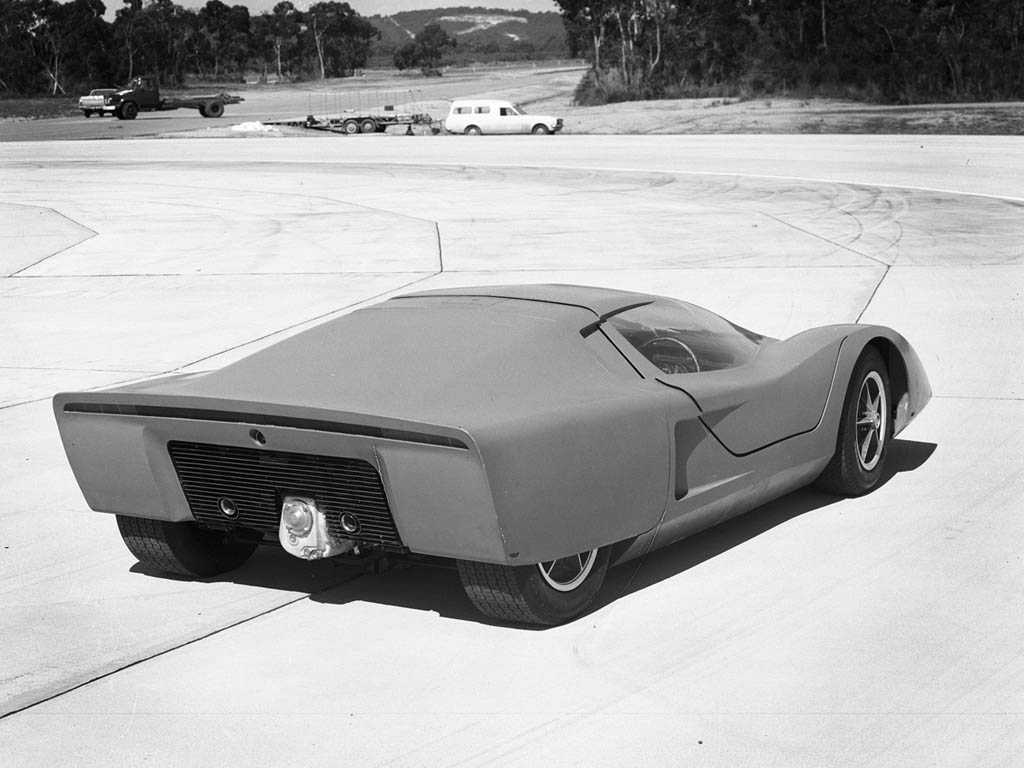
The Legacy of the Holden Hurricane
The Holden Hurricane is a concept car; it’s a testament to the creativity and ingenuity of Holden’s engineers and designers. Many of the technologies which were first showcased in the Hurricane have since become standard in modern vehicles, demonstrating Holden’s remarkable foresight.
The Hurricane serves as a reminder of the importance of concept cars in the automotive industry. These vehicles allow manufacturers to experiment with new ideas and technologies, pushing the boundaries of what is possible. While concept car innovations make it to production, they lay the groundwork for future developments, as was the case with the Holden Hurricane.
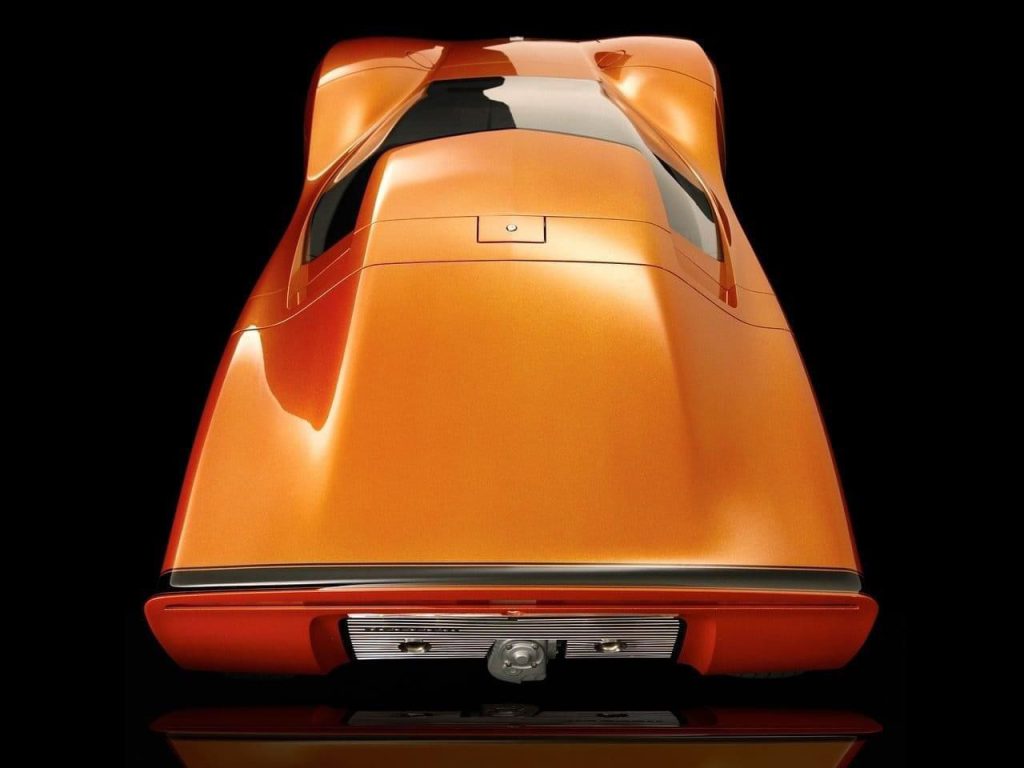
Analyzing the Impact: How the Holden Hurricane Influenced Future Automotive Trends
The influence of the Holden Hurricane can be seen in a number of key automotive trends which have emerged over the past five decades. From digital instrumentation to advanced driver assistance systems, many of the features now commonplace in modern vehicles can trace their origins back to concepts like the Hurricane.
The Rise of Digital Dashboards
One of the significant trends influenced by the Holden Hurricane is the rise of digital dashboards. While the Hurricane’s digital instrument display was groundbreaking in 1969, it would take several decades for digital dashboards to become widespread in production vehicles. Today, nearly every new car features some form of digital instrumentation, whether it’s a fully digital display or a hybrid system which combines analog and digital elements.
The move towards digital dashboards has brought a number of benefits, including improved readability, greater customization, and the ability to display a wider range of information. These advancements have enhanced the driving experience, making it easier for drivers to access the information they need at a glance.
Advanced Driver Assistance Systems (ADAS)
The Holden Hurricane’s Pathfinder route guidance system can be seen as an early precursor to modern Advanced Driver Assistance Systems (ADAS). While the Pathfinder system relied on magnets embedded in the road, today’s ADAS technologies use a combination of sensors, cameras, and GPS to provide drivers with real-time information and assistance.
Features such as lane-keeping assist, adaptive cruise control, and automatic emergency braking have become standard in many new vehicles, helping to improve safety and reduce the risk of accidents. These systems represent the evolution of concepts like the Pathfinder, which aimed to make driving safer and more convenient.
The Evolution of Rear-View Cameras
Rear-view cameras are another area where the Holden Hurricane was ahead of its time. In the 1960s, the idea of using a camera to assist with parking and reversing was revolutionary. Today, rear-view cameras are mandatory in many countries, and they are often supplemented by additional features such as parking sensors and 360-degree camera systems.
The widespread adoption of rear-view cameras has significantly improved vehicle safety, reducing the risk of accidents in parking lots and other tight spaces. This is a direct result of early innovations like those seen in the Holden Hurricane, which paved the way for the development of these life-saving technologies.
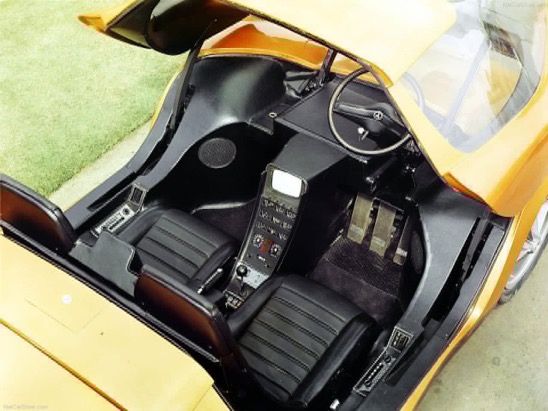
Conclusion: The Holden Hurricane’s Enduring Legacy
The Holden Hurricane is a remarkable example of what can be achieved when designers and engineers are given the freedom to explore new ideas and push the boundaries of what is possible. Half a century after it was first unveiled, the Hurricane remains a symbol of innovation and a testament to Holden’s forward-thinking approach to automotive design and technology.
As we look to the future, the lessons learned from the Holden Hurricane continue to resonate. The car’s legacy lives on in the features and technologies which have since become standard in the automotive industry, serving as a reminder the ideas of today can shape the vehicles of tomorrow.
The restoration of the Holden Hurricane ensures this iconic concept car will continue to inspire future generations of automotive designers, engineers, and enthusiasts.



